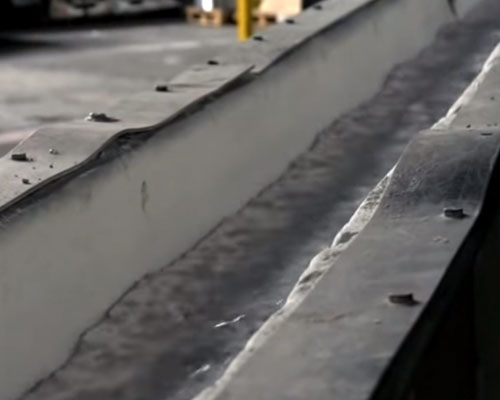Aluminum Foundry Casting converts liquid aluminum into finished products and semi-finished products of aluminum ingots, bars or other shapes through processes such as batching, stirring, standing, refining and slag. Aluminum and aluminum alloys will have different degrees of loss during the casting process due to oxidation, refining, slag and other reasons.
Aluminum casting loss is the general term for the metal and aluminum alloy in the smelting process due to oxidation, volatilization and non-recoverable metal loss caused by interaction with the furnace wall and refining agent.
The main external manifestation of casting loss can be divided into two parts: one is in the form of pure aluminum ash, and the other is in the form of bulk aluminum and defective aluminum and aluminum slag.
The principle of oxidative burning of aluminum can be further understood by the following chemical equations.
In the melting temperature range, aluminum has a high affinity with oxygen and is easily oxidized. After oxidation, the surface forms Al2O3 film, and when it is higher than 500 °C, it is metastable r-Al2O3.
During the transition of the metastable oxide film to the stable oxide film, volume shrinkage occurs and further oxidation and cracking occur.
As the temperature of the aluminum liquid increases and the time increases, the oxide film grows faster, and the amount and thickness of oxidation increase significantly.
The factors affecting the casting loss are
1) Liquid aluminum temperature.
2) Contact strength of aluminum liquid and oxygen.
3) Aluminum content in aluminum slag.
4) The aluminum liquid brought out by the slag.
5) How much is the defective aluminum and bulk aluminum.
6) Other losses
How to Reduce Aluminum Foundry Casting Loss?
Reduce the contact force between the aluminum liquid and the air. The greater the contact force between the liquid aluminum and the oxygen, the more serious the oxidation loss, and the greater the casting loss.

